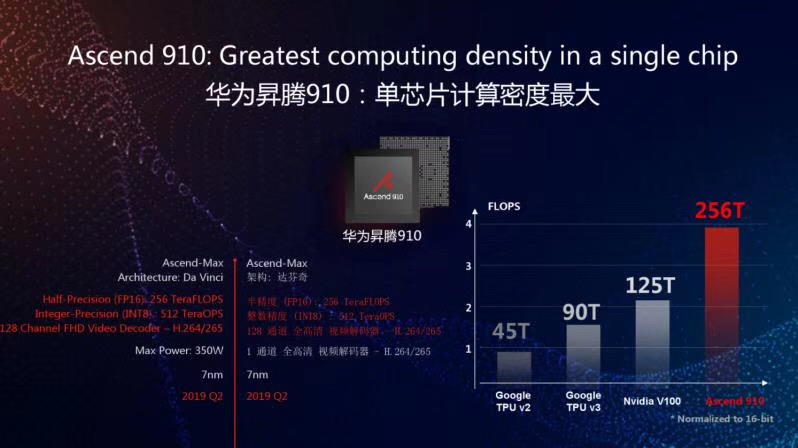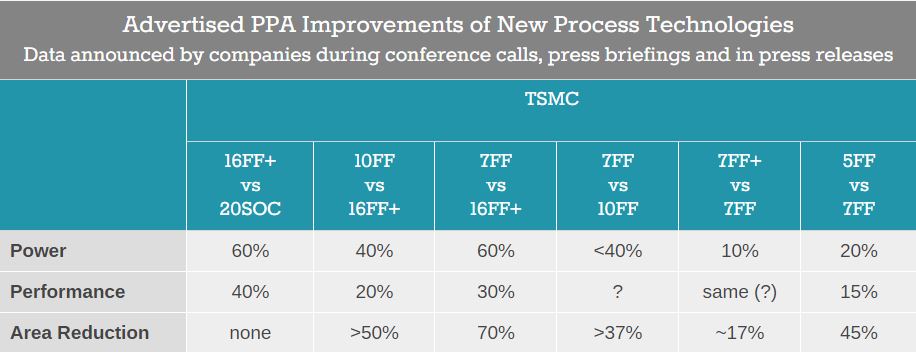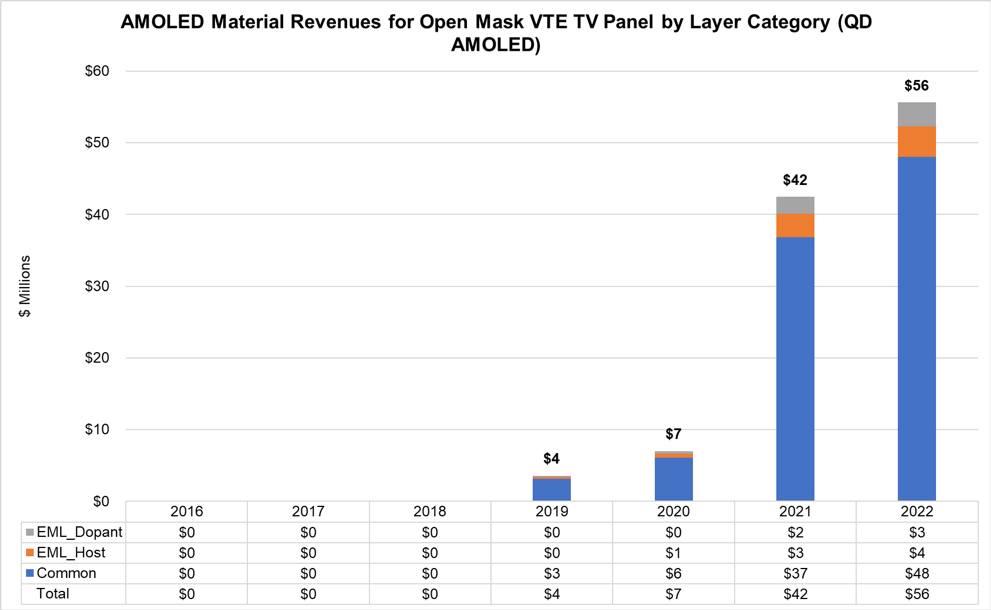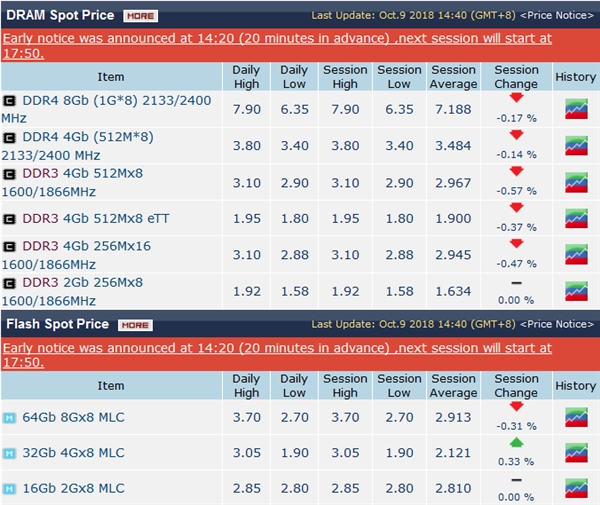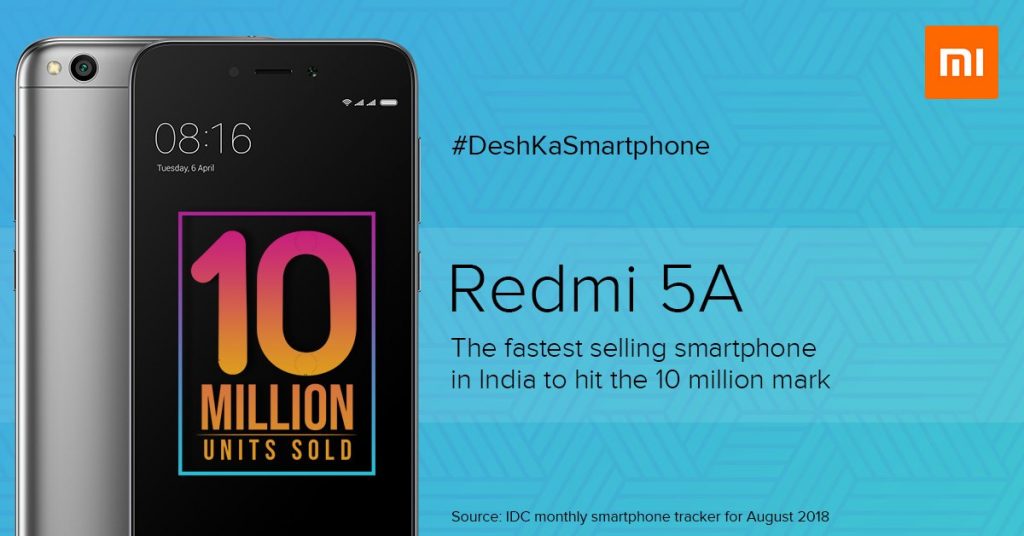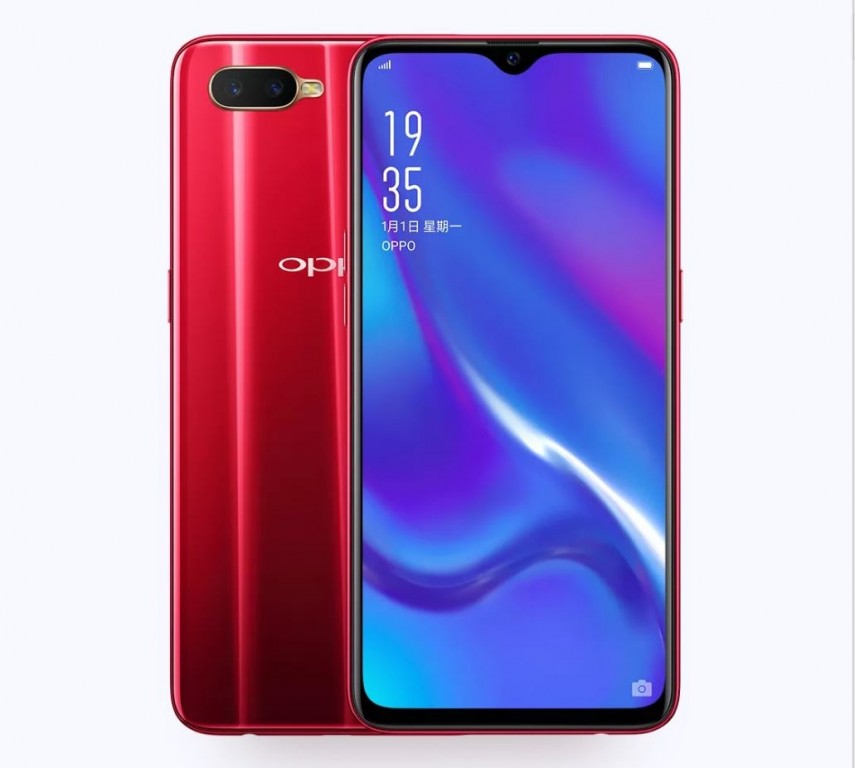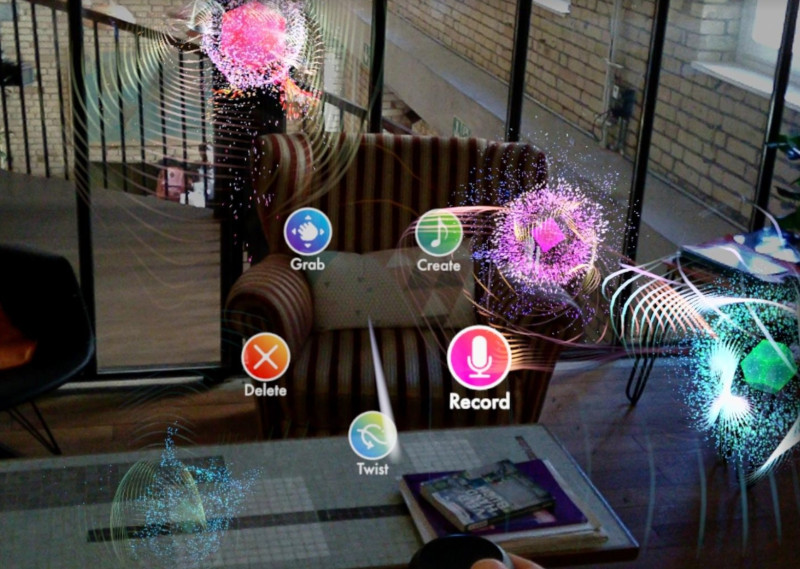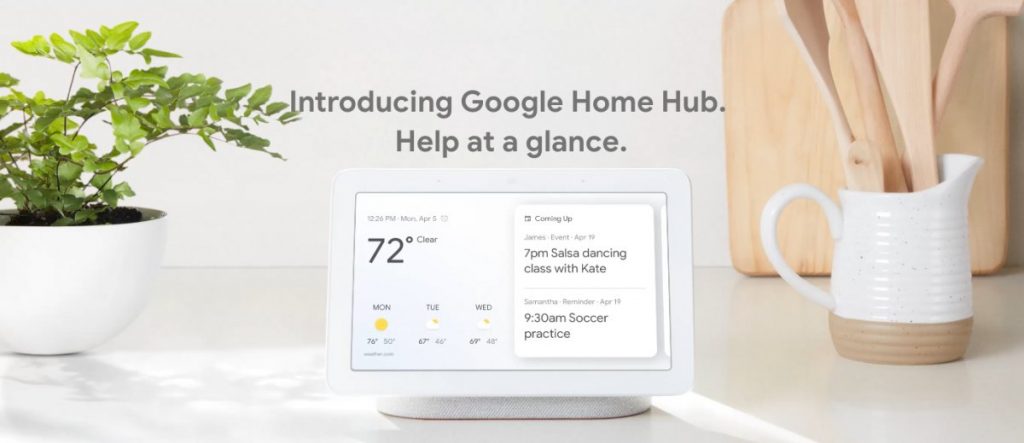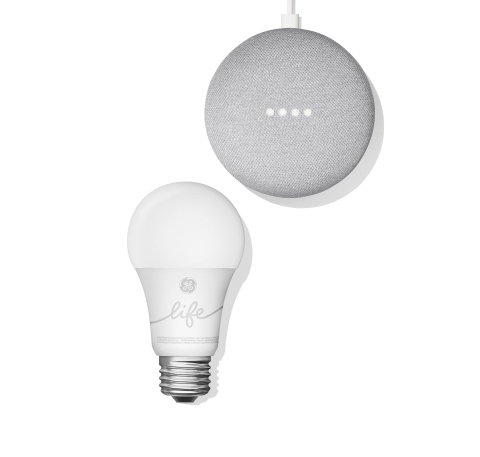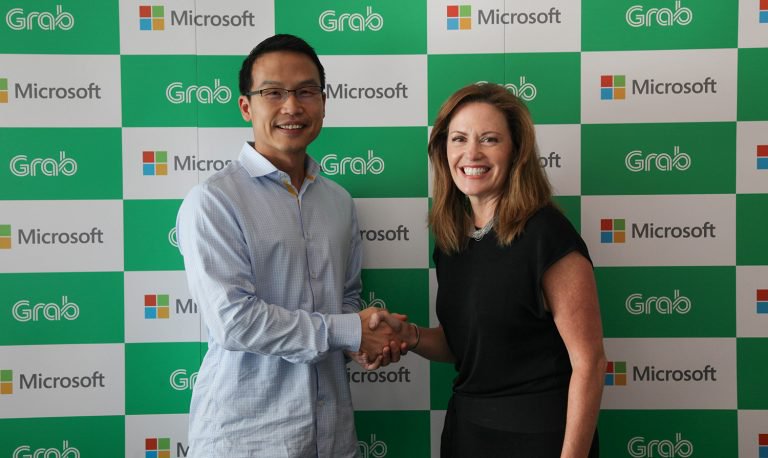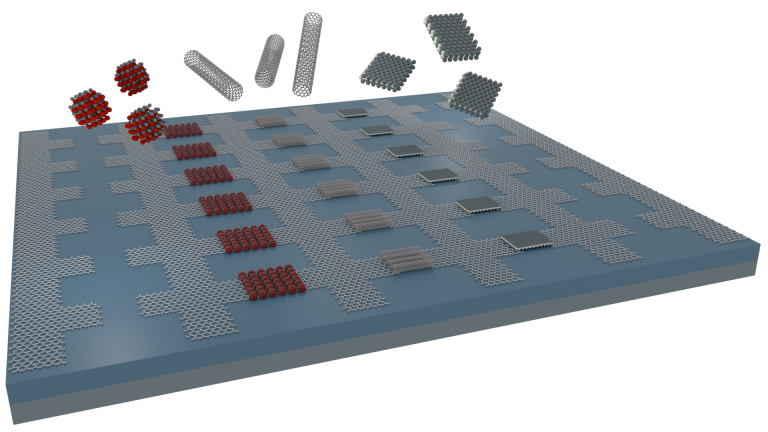
10-10: Huawei unveils 2 new artificial intelligence (AI) chips; Google’s series of products announcement; etc.
Chipset
IBM has used graphene to deposit nanomaterials in predefined locations without chemical contamination to go beyond 7nm processing. IBM for the first time has used electrified graphene so that it helps to deposit nanomaterials with 97% accuracy. The research was part of a USD3B investment programme started by IBM 4 years ago dubbed “7nm and Beyond”. (CN Beta, Nature, Graphene-Info, IBM, Physorg)
Huawei unveils 2 new artificial intelligence (AI) chips called the Ascend 910 and Ascend 310. The 2 chips are aimed at uses in data centers and internet-connected consumer devices. Both chips will be available on the market in 2Q19. (CN Beta, My Drivers, Sina, CNBC, Bloomberg, SCMP)
TSMC’s 2 announcements: First, the company has successfully taped out its first customer chip using its 2nd-gen 7nm process technology, which incorporates limited EUVL usage. Secondly, TSMC disclosed plans to start risk production of 5 nm devices in Apr 2019. TSMC’s 2nd-gen 7nm manufacturing technology (CLN7FF+, N7+) will use extreme ultraviolet lithography for four non-critical layers, mostly in a bid to speed up production and learn how to use ASML’s Twinscan NXE step-and-scan systems for HVM. (My Drivers, AnandTech, EET Asia)
Touch Display
DSCC expects Samsung to start pilot production of QD OLED in 2019 with 5K per month of Gen 8.5, adding a second 5K in 2020, and 30K each in both 2021 and 2022. DSCC recognizes that the Samsung QD OLED plans have more than the usual amount of error bar, as the QD OLEDs could be as low as zero and as high as 4-5x their current estimate, depending on whether Samsung can cost-effectively manufacture this product at volume. (Display Supply Chain Consultants, press, CN Beta)
Storage
According to TrendForce, DRAM products have begun to see a weak price trend, showing only a 1%~2% QoQ hike in contract prices for 3Q18 due to the continued oversupply, despite the coming of holiday sales season. TrendForce expects the quotations of DRAM products to decline by 5% or more QoQ in 4Q18, terminating the super cycle of price growth for nine consecutive quarters. NAND Flash experienced a price drop of around 10% in 3Q18 and expects a steeper drop of 10%~15% in 4Q18, considering the impacts of trade war. Contract prices of 3D TLC NAND Flash chips in the channel market may even drop by more than 15% in 4Q18. (TrendForce, press, TrendForce[cn], CN Beta)
Phone
According to BlackBerry CEO John Chen, BlackBerry is working with Amazon on a BlackBerry Alexa device that will be secured for use in the enterprise. BlackBerry’s Chief Technology Officer Charles Eagan confirmed the partnership was focused on creating a “BlackBerry Alexa” device. (Ubergizmo, IT World Canada, Mobile Syrup)
Xiaomi CEO Lei Jun has announced that the shipment of Xiaomi Mi 8 flagship series has exceeded 6M units since it is launched 4 months ago. (GizChina, CN Beta)
Xiaomi has claimed that it has sold over 10M units of Redmi 5A. The company cited IDC monthly smartphone tracker for Aug 2018, according to which the phone crossed 10M sales in 9 months. (Tencent, Gizmo China, NDTV, Indian Express, My Drivers)
Google Pixel 3 and Pixel 3 XL are announced, powered by Qualcomm Snapdragon 845, rear 12.2MP OIS + front dual 8MP-8MP, 4+64/128GB, Android 9.0, IP68 rated: Pixel 3 – 5.5” 1080×2160 FHD+ OLED, 2915mAh wireless charging, USD799. Pixel 3 XL – 6.3” 1440×2960 QHD+ OLED, 3430mAh wireless charging, USD899. (Android Authority, Apple Insider, GSM Arena)
OPPO K1 is official – 6.4” 2340×1080 FHD+ Super AMOLED, Qualcomm Snapdragon 660, rear dual 16MP-2MP + front 25MP, 4/6GB + 64GB, Android 8.1, in-display fingerprint scanner, 3500mAh, CNY1599 / CNY1799. (Gizmo China, GizChina, GSM Arena, OPPO, CN Beta)
PC / Tablet
Google Pixel Slate is announced – 12.3” 3000×2000 Molecular Display LTPS LCD, Intel 8th-Gen Intel Celeron / Core, rear 8MP + front 8MP, 4/8/16GB RAM + 32/64/128GB SSD, Chrome OS, Pixel Imprint fingerprint scanner, dual front-firing speakers, 48Whr, from USD599. (CN Beta, The Verge, Wired, Economic Times, 9to5Google)
Wearables
Google is launching Pixel USB-C Earbuds, which Google says that these earbuds provide “smooth sound” with 24-bit audio. Using the inline remote, users can trigger Google Assistant just like they would on a pair of Pixel Buds, and notifications are available at the tap of a button as well. It is priced at USD30. (CN Beta, 9to5Google, CNET, Android Authority)
Augmented / Virtual Reality
Sennheiser is launching its Ambeo AR One headphones for use with Magic Leap’s augmented reality glasses. The audio equipment maker is using its Ambeo tech to make AR more immersive, with “transparent audio” that lets user mix sound from the real world with music and sound coming in from headphones. (VentureBeat, Sohu)
Home
Google has announced the Home Hub, its first smart speaker device with a screen. It features 7” touch display mounted on a speaker base along with a minimal design with a grey and white colour scheme. It supports Google Assistant. It will be sold for USD149. (Neowin, CN Beta, Business Insider, The Verge, Pocket-Lint)
General Electric (GE) is announcing Google Assistant support for bulbs in its C by GE product line. In support of this new feature, Google is releasing a new “Smart Light Starter Kit” combining a Google Home Mini and one C by GE bulb into a fun bundle for USD55. (Digital Trends, CNET, 9to5Google, Business Wire)
Automotive
Microsoft is investing in Southeast Asian ride-hailing firm Grab as part of a partnership that the 2 companies said will allow them to collaborate on technology projects, including big data and artificial intelligence. Grab has planned to raise roughly USD3B by 2018, of which it has already raised USD2B. (Engadget, Microsoft, Reuters, Financial Times, CNBC, Sina)
Artificial Intelligence
Google has announced that its Assistant AI, and associated ecosystem, is now compatible with over 10K different smart and IoT devices from over 1K different manufacturers. Google has partnered up with specific manufacturers to make integrations even deeper, or even to create a starter kit. (Android Headlines, Google)
